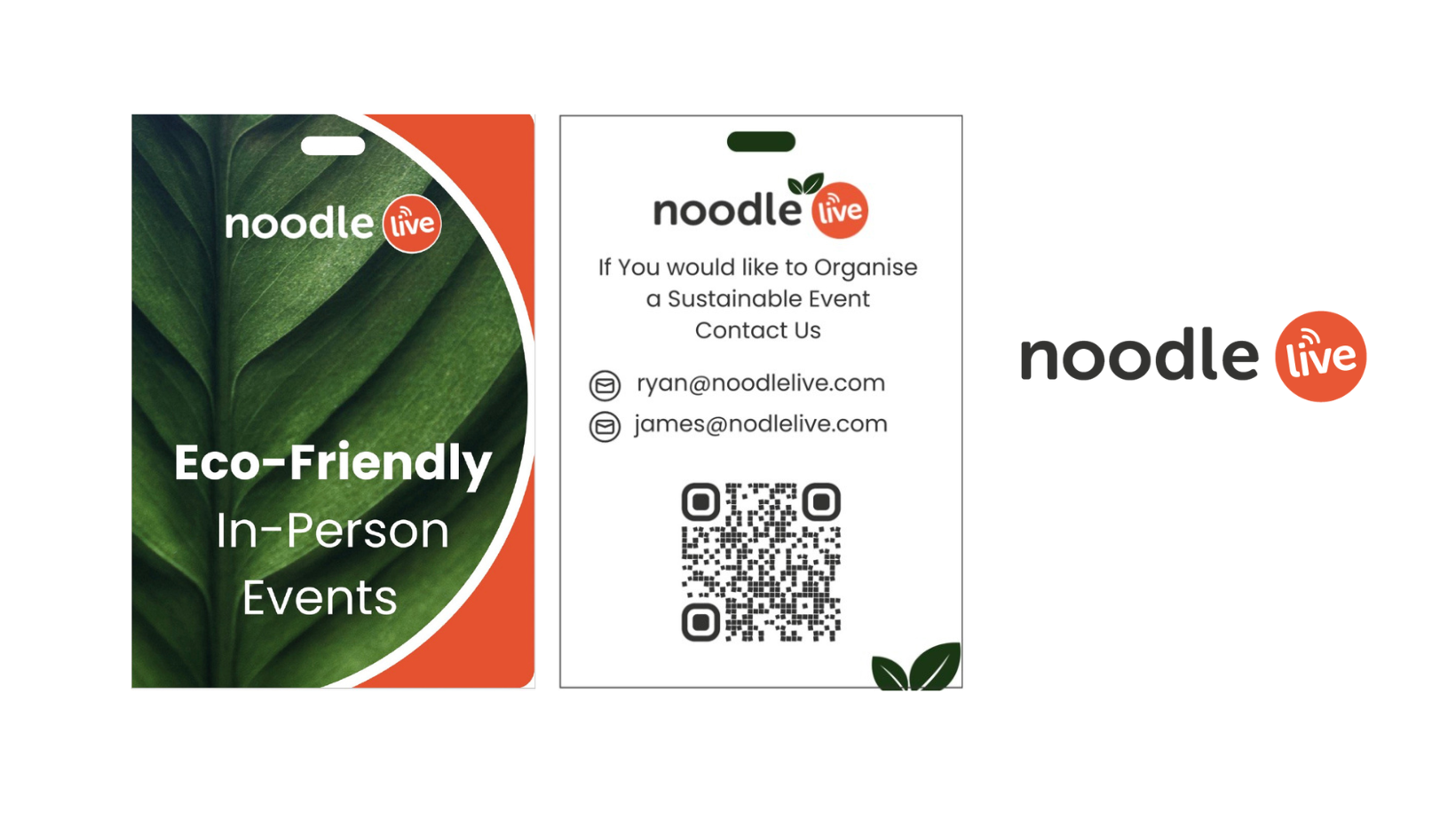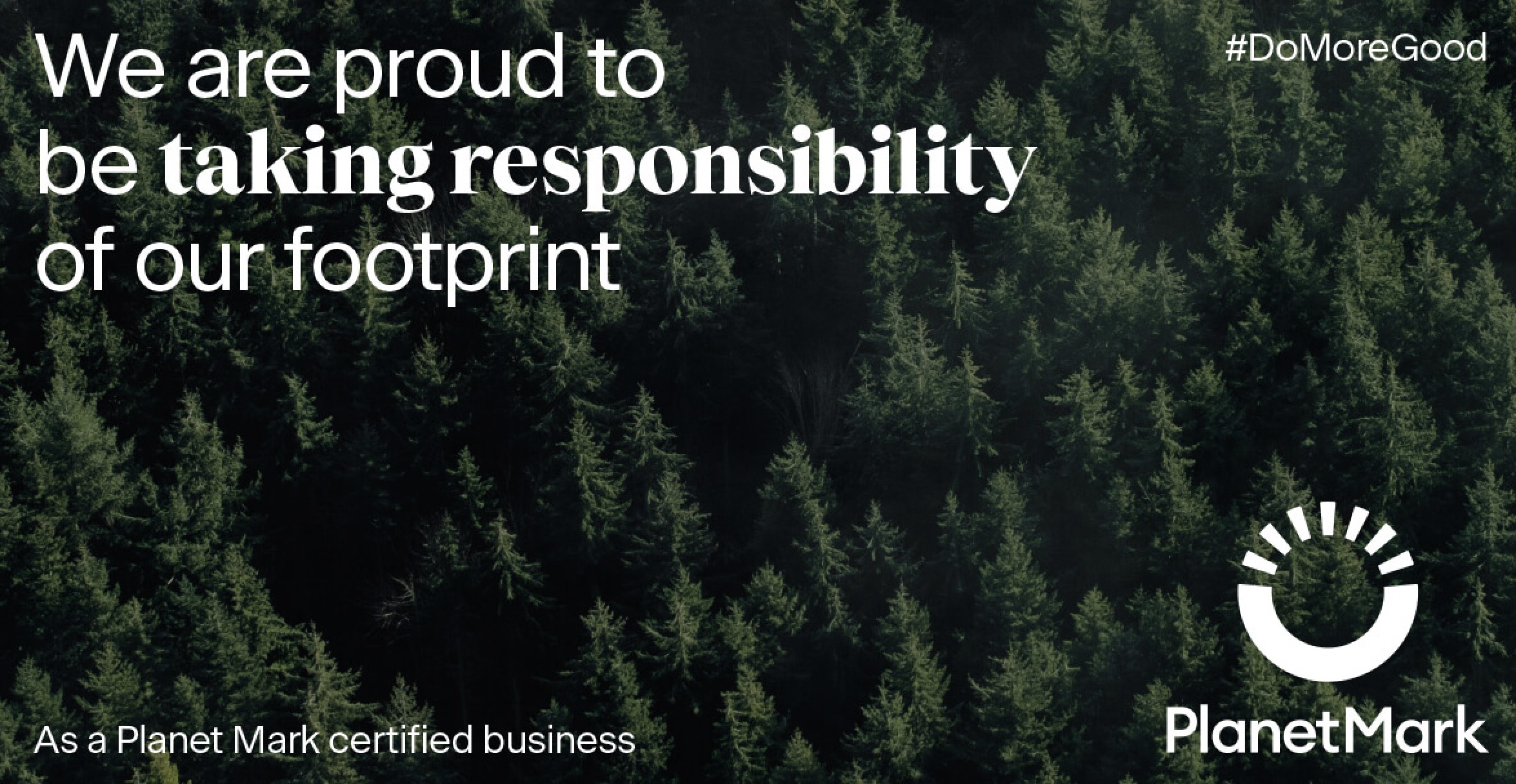iBeacons, barcode scanners, NFC, RFID – how is anyone supposed to decide on what event tech is best for their event?
The world of event tech seems to be constantly evolving and changing, so how do #EventProfs pick the right tools to make their event the best it can be?
Don’t panic. At Noodle Live we’ve got 5 years of experience of implementing tech in live event environments. We’ve experimented with loads of different tools and we know what we like, and what we don’t like, about each of them!
Barcode Scanner
What is it?
Just like the barcodes used in the supermarket. Barcodes use vertical lines to carry information that can be read by a scanner. Traditionally, barcode scanners have been external devices, but these days, a simple smartphone app can turn your phone into a barcode badge scanning system too. This is great news for events as it can reduce hardware costs by encouraging people to bring their own device.
How is it used?
In an event environment, barcodes can be created to relate to a specific individual – so it could include their name and email address for example. Barcodes can be printed onto name badges or e-ticket. Guests will need to bring the barcode with them to the event in order for it to be scanned. Barcodes are great for check-in, as they register who has arrived, or for session check-in or even lead capture.
What are the benefits?
Barcodes are one of the cheapest ways to run a registration for your event. They were used as an industry standard for more than 30 years and are therefore supported by strong a strong infrastructure network, so they rarely require significant setup costs or expensive badge scanning systems.
The accuracy of data from barcodes is roughly the same as RFID tags, which is high. Barcodes do not tend to suffer with problems around information privacy, although they are easier to reproduce and forge than RFID tags.
What are the drawbacks?
One of the biggest drawbacks is that barcodes are often printed on paper and can easily be ripped or damaged, which makes them difficult or impossible to read. Also, scanning barcodes can be a slower process than ‘tap to identify’ which you get with iBeacons and RFID. Barcode scanners require careful alignment in order to ensure the information is read. There is also a limit to the amount of information you can store in a barcode. Usuall, the information is restricted to just name and email address or phone number. RFID tags have the capacity to carry a much more detailed data set that could help with lead follow up.
RFID
What is it?
Radio Frequency Identification has been around for a long time, but it has only become really cost efficient in the last few years.
RFID does a similar job to a barcode in that it carries coded information about a person or object, which can then be read by a scanner simply by holding the tag close to it. RFID badges use radio waves to send information to a badge scanning system.
How is it used?
RFID can be embedded within a name badge, which can speed up registration and also enable the badge to check in for sessions, swap contact details with exhibitors, instantly collect content, bring up personalised messages at information points and even check in your coat. Because the chip is embedded within the name badge and doesn’t need to be visible, you can choose any design you like for your name badges.
At Noodle Live, we love RFID name badges as we think they’re one of the most versatile and practical event tech solutions. Not only do they have loads of really useful functions that delegates will love, they’re also great for collecting data that can help you demonstrate ROI and showcase how effective your event really was.
In the past, we’ve used RFID at hundreds of events. We’ve used it to streamline table plans, seating more than 1,000 guests within an hour. We’ve also used it to allocate workshop booking points, ensure compliance document is up to date, distribute drinks tokens, run treasure hunts and even gather coffee orders. Find out more about the ways we use RIFD for events.
What are the benefits of RFID?
There are lots of benefits of RFID. RFID offers perhaps the most comprehensive tech solution for creating streamlines events and gathering data about #EventProfs got up to. Over the last few years, they’ve also become a lot more affordable, making them a viable alternative to traditional barcode scanners.
RFID tags are usually easier to operate than barcodes as delegates can simply tap their badge on a badge scanning system, rather than having to line up the barcode in the right position to scan it. Unlike barcodes, RFID tags can also be modified and updated without having to be reissued, which means any flawed data can be altered quickly and easily. The tags are durable as they can fit on the end of your finger and are simply embedded or adhered to plastic name badges.
One of the other benefits of RFID tags is that they keep data securely and are able to store significant amounts of data, such as name, job title, company, email address and contact number. This makes them much more durable when it comes to lead capture and document exchange.
RFID tags can be read at a greater distance than barcodes. Information can be read at up to 300 feet, so they’re often easier to use.
What are the drawbacks?
Traditionally, price has been the biggest drawback for RFID for events. RFID systems usually require the installation of touch-points around the event and can, therefore, be expensive to implement. In recent years, the prices have been reducing rapidly and you may be surprised by how affordable RFID solutions are these days.
NFC
What is it?
Near Field Communication is very similar to RFID in that it allows delegates to simply tap to interact. The main difference is that most of us have NFC chips already embedded within our smartphones, so we don’t even need a name badge or sticker, we can simply tap our phone in order to check-in or interact with touch points. This is great for the event industry as it means delegates can bring their own device, which cuts down on costs and increases the amount of available screens.
How is it used?
Apple only allowed app developers to start accessing the NFC capability of iPhones a few months ago. Noodle Live are proud to announce the launch of the first ever NFC enabled event app. The app allows users to perform all of the same actions they could perform using an RFID name badge (check-in, session registration, cloakroom check-in, swapping contact details, downloading documents etc.) but using their phone instead.
What are the benefits?
NFC enabled event apps signal a move towards events that are ‘bring your own device’ (BYOD). This eliminates the need for #EventProfs to supply screens that delegates can interact with. Instead of tapping your name badge on a screen to view information, delegates can tap their phone on a poster or a badge in order to display information on their own phone screen. Organisers get all of the benefits of large-scale RFID systems, at a more affordable cost.
What are the drawbacks?
The tech is very new, so #EventProfs will have to work with their tech company to ensure delegates are able to get the most from it. Noodle Live have announced the first-ever NFC enabled event app and will be working with event organisers to roll out the new system over the next 6 months.
iBeacons
What is it?
iBeacons are causing a buzz in the world of events at the moment. Apple introduced them during their 2013 world developer conference, but the tech has only started to gain serious attention in the last few months as #EventProfs start to explore new ways to interact with delegates during an event.
iBeacons communicate with iPhones by broadcasting a low-frequency Bluetooth signal. This prompts the iPhone to perform certain actions when it comes close to that device. Each iPhone is programmed with a unique identifier to help it determine where the iPhone is located. iBeacons can trigger a number of actions such as delivery of a push notification or prompting a social media check-in.
How is it used?
iBeacons could potentially be very useful for #EventProfs. In many ways they are only just finding their feet as developers begin to explore ways to use the tech.
Because iBeacons let you share data via objects in a specific location. They can be used as an alternative to RFID name badges, although this does work on the assumption that every delegate will have access to an iPhone. If they do, there are a number of potential uses. Exhibitors could send product details to delegate’s phones instead of offering paper flyers. Speakers could send push notifications to everyone’s phones inside a small conference space or organisers could send push notifications about upcoming sessions or seminars. Exhibitors could also offer nearby customers special deals through location-based offers.
Give me an example
At the Northside Festival in Brooklyn, Mastercard used iBeacons to send out notifications to their customers who were at the event. Mastercard users were able to access queue jump passes, special food vouchers and even backstage passes. Priceless!
What are the benefits?
iBeacons allow for two way communication between the iPhone app and Beacon, which allows for a more complex form of communication than barcode systems.
iBeacon tech is still being developed and there are some exciting potential uses that are on their way. Personalisation of the event experience is a big one! Delegates could be greeted by name using a push notification when they arrive and sent personal notifications as they move around the event.
What are the drawbacks?
There are loads of great uses for iBeacons, but in terms of creating a fully integrated and interactive event environment, RFID and NFC offer more variety in terms of touch-points.
To make use of iBeacons, users generally have to install the relevant app and they also need to enable Bluetooth on their phone, which means some delegates may miss out.
Need more information?
At Noodle Live we’re always happy to chat. Why not book a free demo of our event tech so that we can show you how to get the most our of your event tech package and give you some top tips for getting started.


